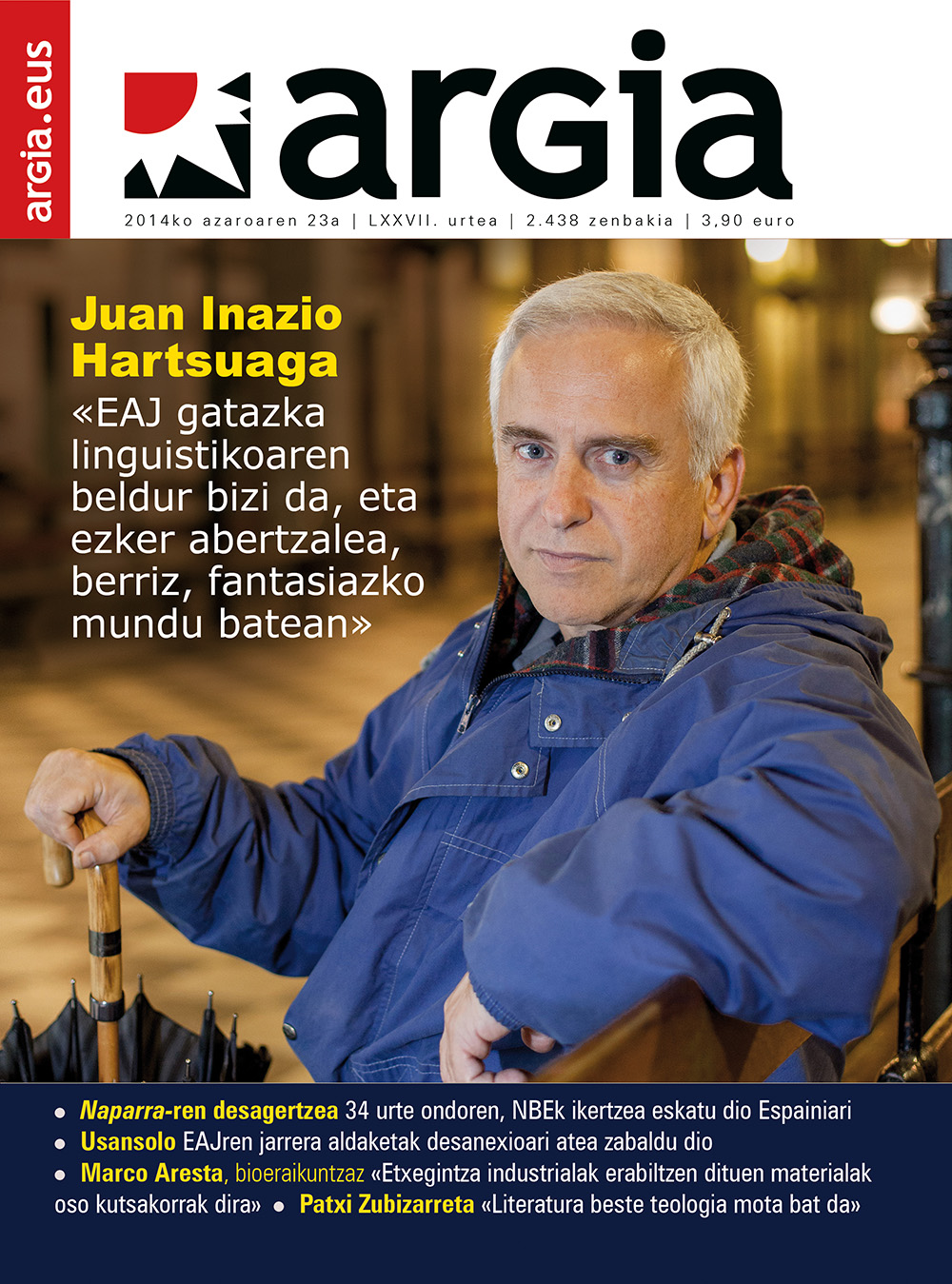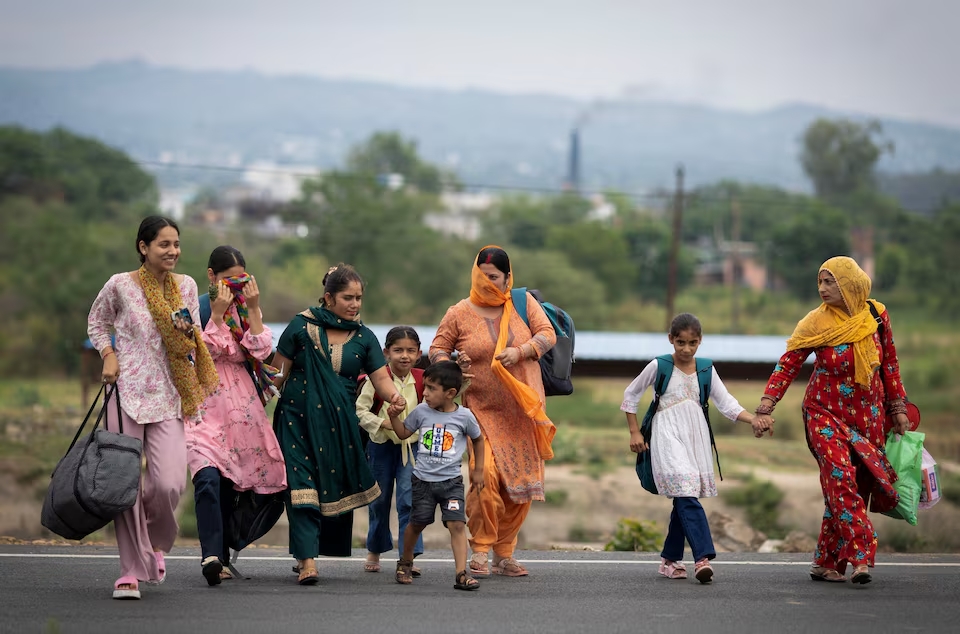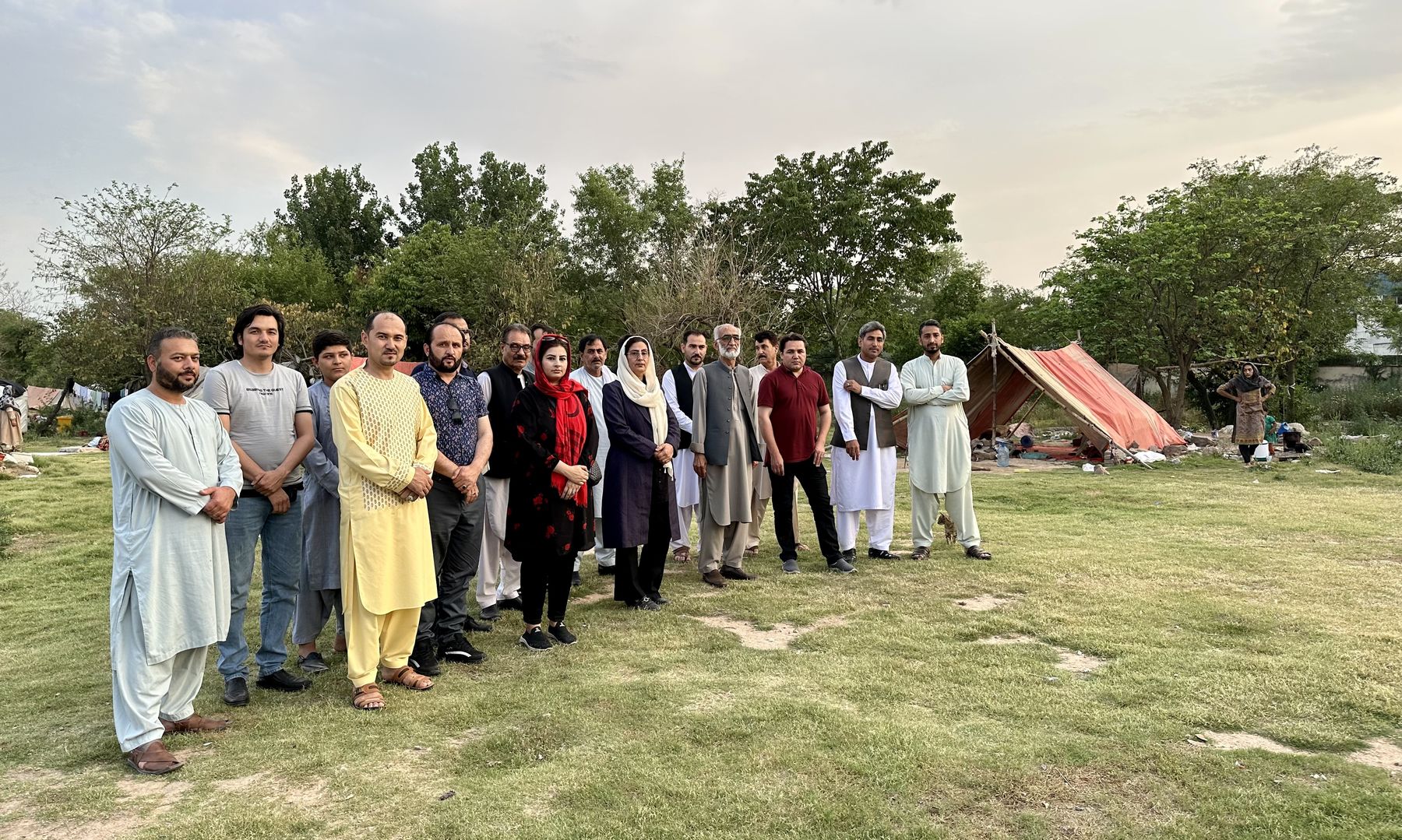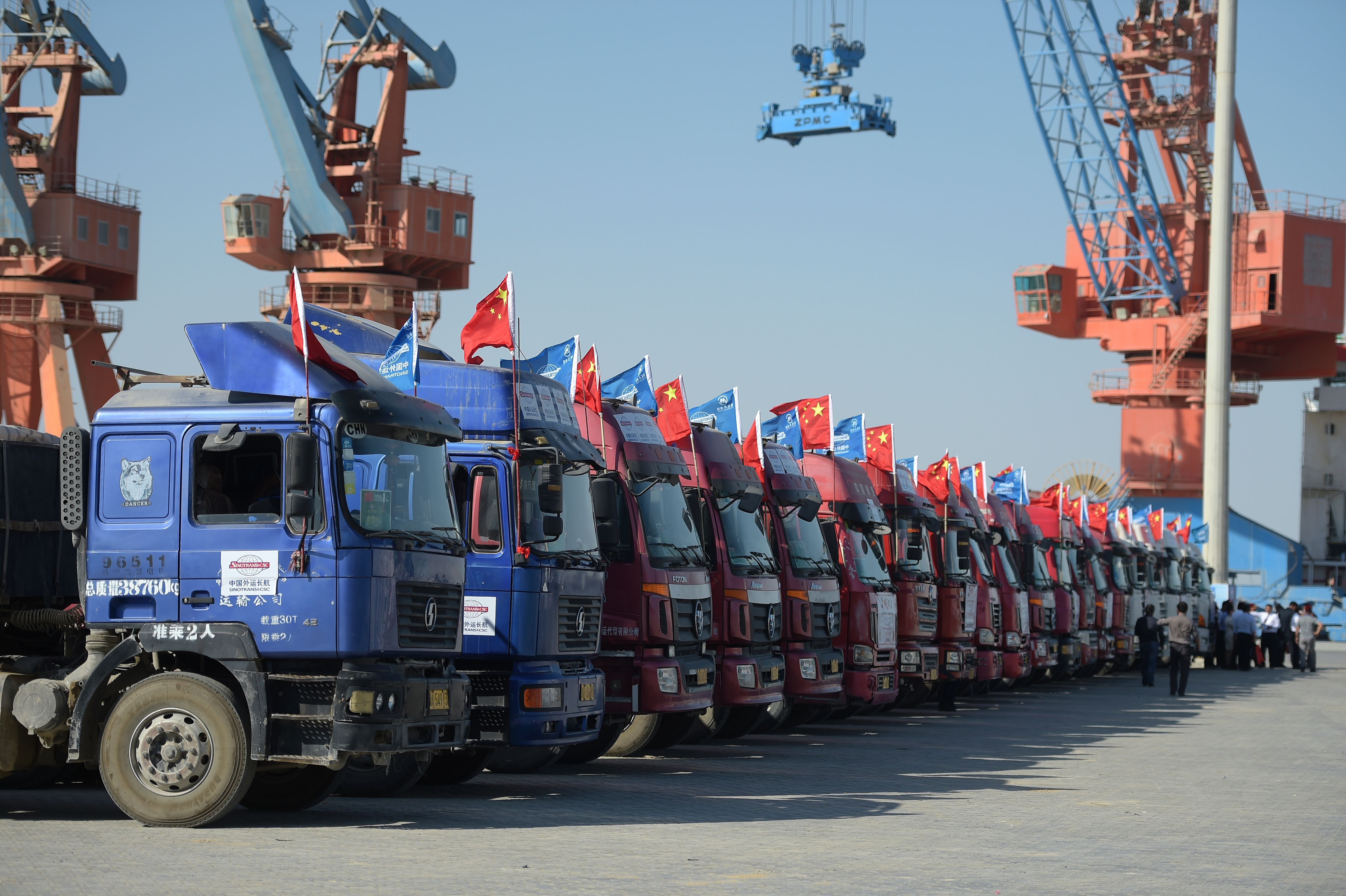Dangerous Karachi: disorder ruled by megápolis
- The Megápolis of Pakistan has been recognized as the strongest city in the world, although by its proportions, Karachi, which has 21 million inhabitants, is as deadly as Chicago. But it is useful to know how the structures of violence are organized and regulated in the new megapolis of the globalized twenty-first century.
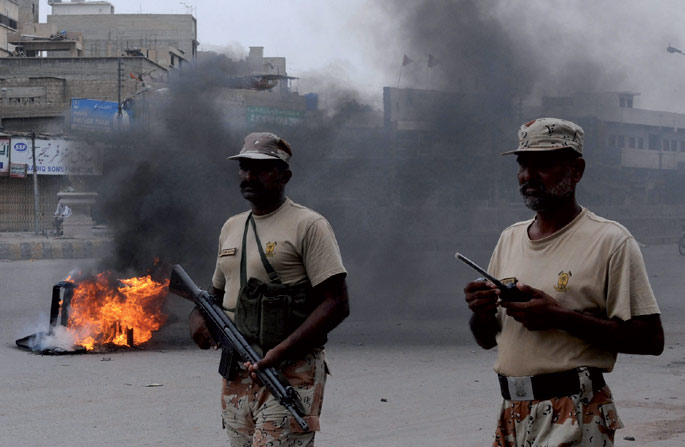
Karatxi is considered the hardest city in the world, as last year 3,218 people were cleaned in the streets of the city, although calculated in proportions (11.3 out of every 100,000) it does not fall into the ranking of the 50 deadliest cities in the world. But we cannot deny that the neighbourhoods of Karachi are very dangerous, television often reminds us. Weapons are in the hands of everyone, the Taliban are strong, there is the commercialization of Afghan heroin -- violence has a lot to feed.
Young French researcher Laurent Gayer arrived in Berlin in 2001. After analyzing what was under the topics, he just published the book “Karachi. Ordered Disorder and the Struggle for the City. He uses the “regulated disorder” formulated by Bertolt Brecht to explain the situation of these new megapolis. In the book he has shown how criminals, business leaders and authorities organize their activities in the city in search of three goals: votes, territory and blackmail. The lack of control is monitored above all by the State and the Army. That crime needs law to work properly.
In addition to interviews with various media, Gayer has left a summary of his book on the web La Vie des Idées, which tracks the great themes of human sciences: “Karachi ou les lois du désordre” (Karatxi, the law of disorder).
More than a third of the 3,218 people who lost their lives violently in the capital last year were civilians (1,106), trapped in a conflict between political parties based on ethnic structures. Another 268 were expressly expelled because they belonged to political parties. The Shiites struggle to control the neighborhoods, but also the Sunni, since the Taliban arrived in the city in the late 1980s.
As for ethnic formation, Karatxi is a new city. India and Pakistan have since 1947 separated from non-Muslim citizens who made up the majority of the arts that separated. The Muslims who came out of India, the “Mohajir”, took their place.
The Mohajiros who talk of deregistration have felt a certain superiority alongside other local ethnicities, mainly the Panjabi who have control of the army and the people of Sindhi who represent the People’s Party of Pakistan.
Later came the independence of Bangladesh (1971) and the war against the Russians in Afghanistan, which in the 1980s attracted many Taliban from the Paxtun ethnicity, along with ease of access to arms and drug trafficking.
During these years, the Mohajir National Movement (MQM) has been Karachi ' s main dominator, also ratified in the elections, but the other ethnic groups have tried to prevent it from monopolizing power. Political power, land, electricity, public employment, money to ensure the safety of people and businesses are at stake... I mean, all legal and illegal money.
Military, bands, cures, money
Although it emerged from self-defence against the Taliban attacks, MQM has quickly become the main force of Karachi and Mohajir speakers. It consists of 250 units distributed over 26 neighborhoods and governs the entire daily life of citizens, from education, bureaucracy, the health system, the economy... With cruel and ferocious violence, he emphasizes power, whose special teams leave the mutilated bodies in bags through the streets and sewers as a lesson for the temperate.
In 1991, MQM challenged the State of Pakistan by kidnapping and torturing an officer of the Army's secret services. The military fought for revenge for three years against all structures under the control of the MQM. Later, in addition to signing the peace, the military collaborated with the MQM, in the presidential era of Pervez Musharraf.
Elkarlana, in Karachi, means sharing power. These “hybrid sovereignties” show how the health system is shaped in everyday life, according to Laurent Gayer. Abbasi Shaheed Hospital has for years been the home of the MQM in the Nazimabad district. People have not only been cured, they have taken refuge from party leaders when they were in danger, but... It has also been used as a place of torture!
The rest of the teams try equally to have a hospital of their own. A citizen of one ethnicity or group cannot enter the hospital of others. On the contrary, in the clashes the wounded are persecuted even in hospitals. They are laws that are well known to citizens, and not to taxi drivers who have to bring sick or injured people.
This is one of the characteristics of organized disorder: the logic of confrontations is known previously by the citizens, given as announced. Gayer considers that there is a “hermeneutics of risk”. To what is an incomprehensible difficulty for the eyes of the foreigner, the natives know the internal mechanics.
Karachi’s confrontations and violence have a timetable, a geography and certain forms. When something happens that a group considers a provocation (police raid, accident, murder of a leader, aggression to a place of prayer...), the strong disturbances will last for three or four days in the concentric circles and at the end the police will personalise themselves pretending to put order. When a MQM leader was arrested this summer in London, in an hour millions of people rushed into their homes, taking children with them and anticipating reactions.
As the militias on either side blackmail the landowners, industrialists and traders, they have also adapted. What is more, the great employers have learned to negotiate and take advantage of these forces in these times of neoliberalism, especially the textile industry and pharmacy entrepreneurs who dominate in Karachi. These militias are seen as an aid to better control workers and to make the labour market more flexible in order to reduce costs. Here too the workers pay.
What about the state? It renounces the monopoly of violence and tries to get the part it believes belongs to it. “Complexe milicyano-industriel” is the joint complex that Gayer commands in Karachi. In the end, Gayer makes this dark divination: the humble people of Karachi, increasingly crushed by all sides, are left in their despair only one last saint: the radical Islamists.
Karlos Zurutuza (Donostia, 1971), kazetari ezaguna da ARGIAko irakurlearentzat, elkarrizketa eta erreportaje ugari egin baititu aldizkari honetan. Atzerriko gatazka guneetako bizipenak ekarri ohi ditu berarekin: Kurdistan, Balutxistan, Iran... hamaika leku landu ditu, batez ere... [+]
Zulzar Ali Bhutto, a factotum in Pakistani politics for a quarter of a century, the day they hanged, on 4 April 1979, would probably not be a very nice day for the critique Imran Khan. The melodies that can barely tell how far the truth comes and where urban legend begins, say... [+]









